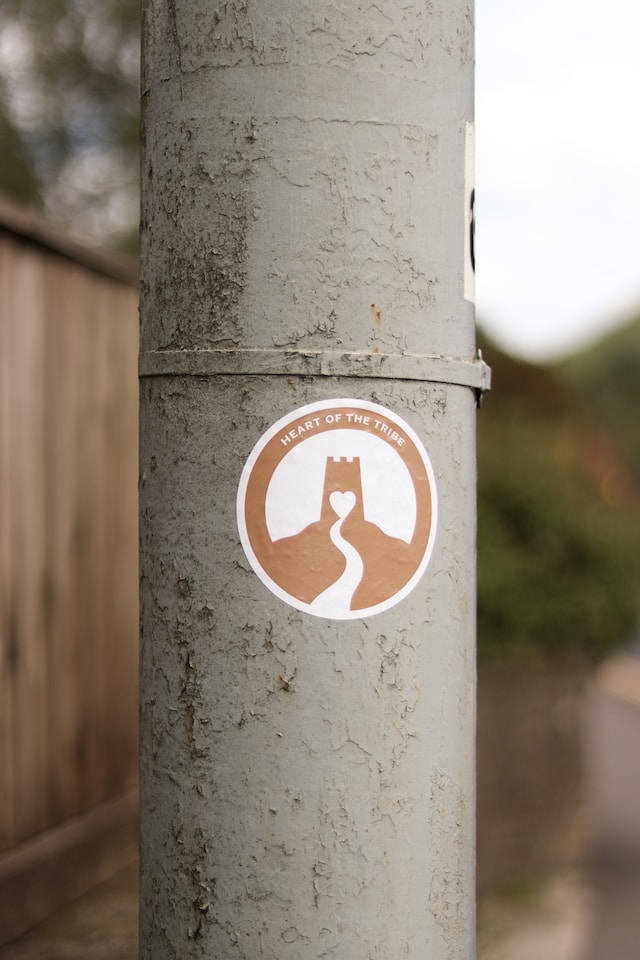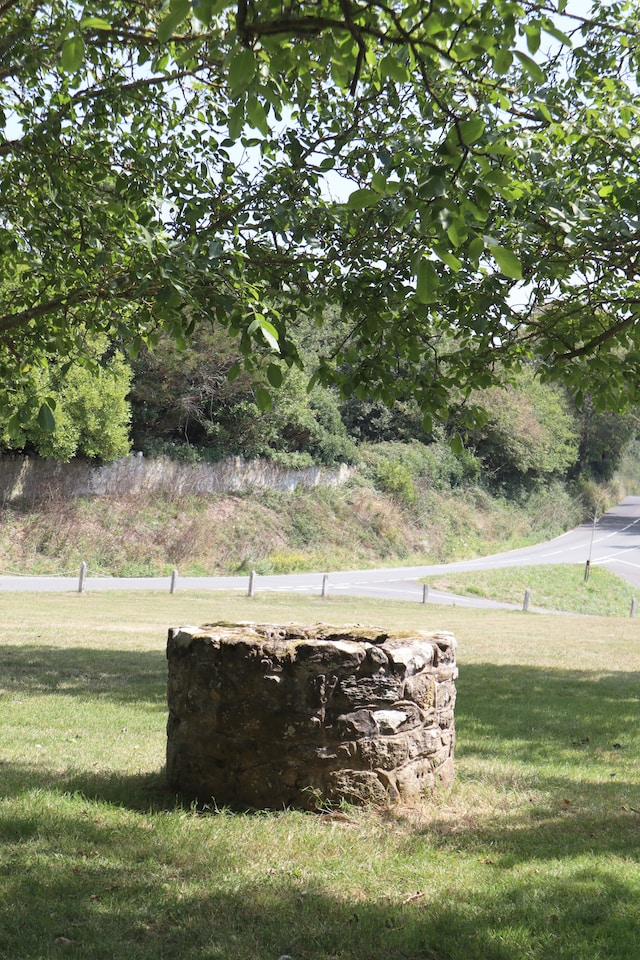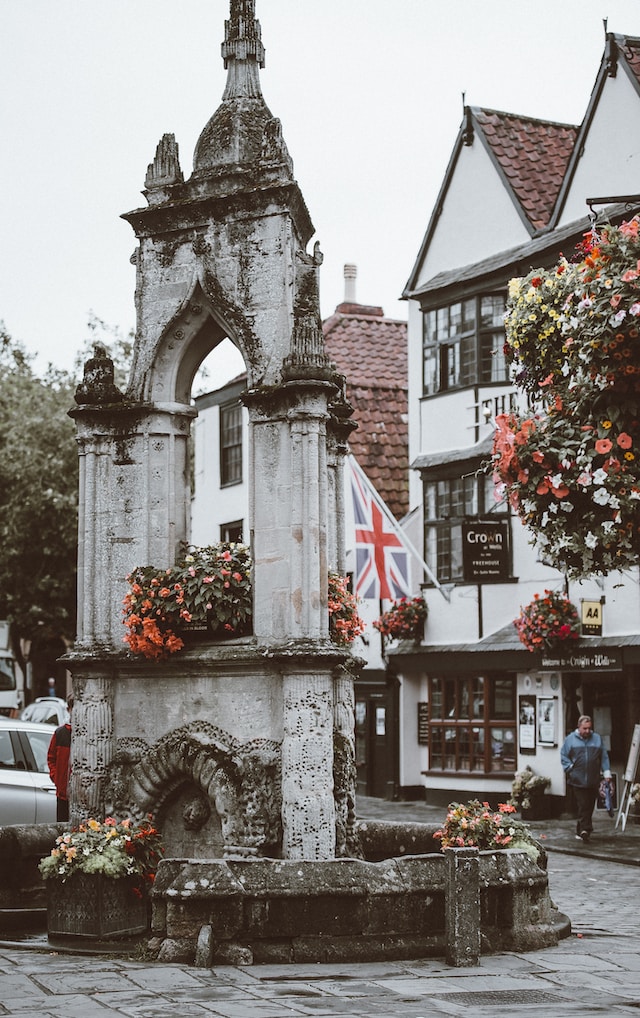
Introduction
Glastonbury's Rich History
Glastonbury's history is a tapestry woven from threads of myth, legend, and tangible historical events, creating a narrative as rich and varied as the landscape itself. This ancient town, nestled in the heart of Somerset, has been a significant spiritual and cultural hub for centuries. Its origins are shrouded in the mists of time, with ties to early Paganism, Christianity, and legends of the Arthurian era. Glastonbury's allure lies not just in its documented past but also in the legends and lore that have been passed down through generations. From the mysterious Glastonbury Tor, rising above the misty plains, to the ruins of the once-majestic Glastonbury Abbey, each landmark tells a story of a bygone era, echoing the voices of pilgrims, monks, and kings.
As you delve into Glastonbury's history, you find a place where the line between history and legend blurs. The town has been a site of religious importance since ancient times, serving as a beacon for pilgrims and seekers of truth. The supposed discovery of King Arthur and Queen Guinevere's tomb in the 12th century at the Abbey grounds added to its mystique, intertwining Glastonbury's history with the timeless tales of Avalon. The historical narrative of Glastonbury is not a static relic of the past; it is a living, evolving story that continues to captivate, inspire, and draw people from all over the world, seeking to experience the magic and mystery of this unique place.



